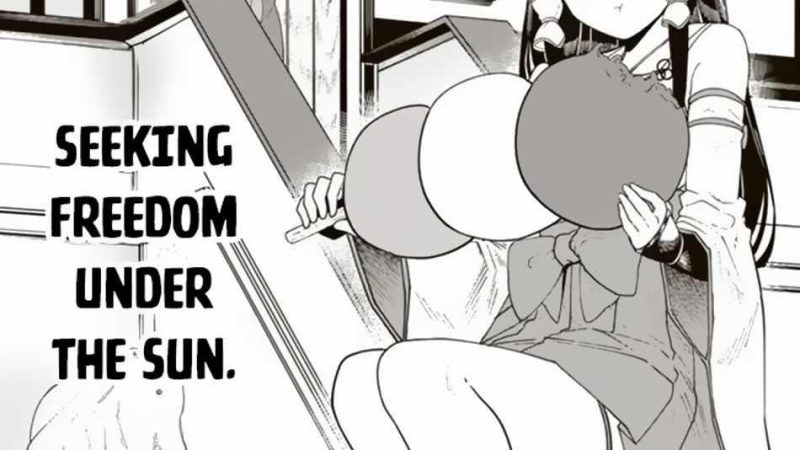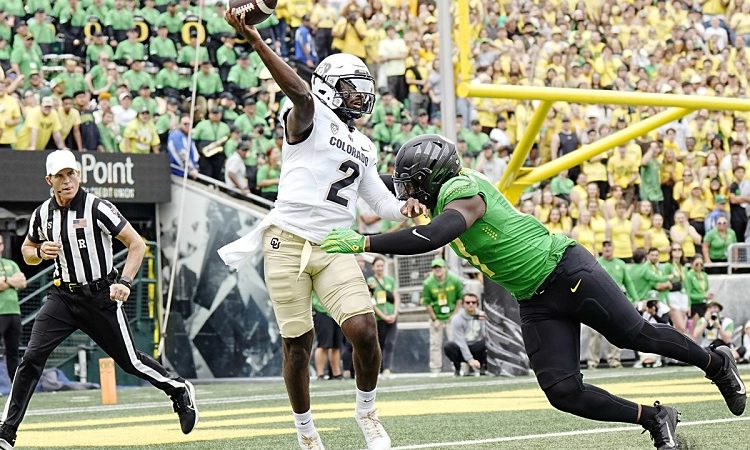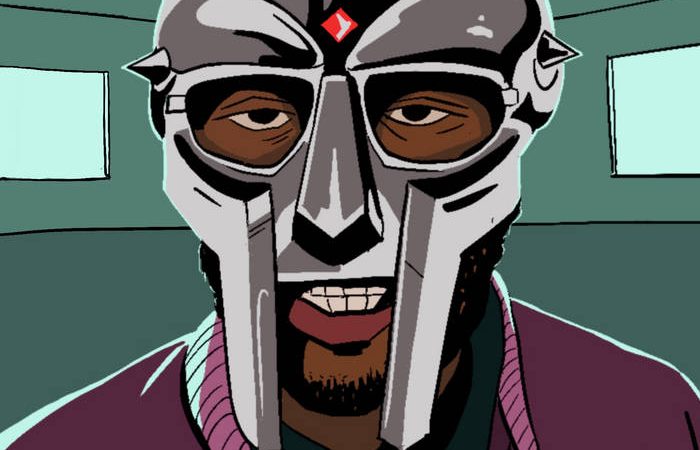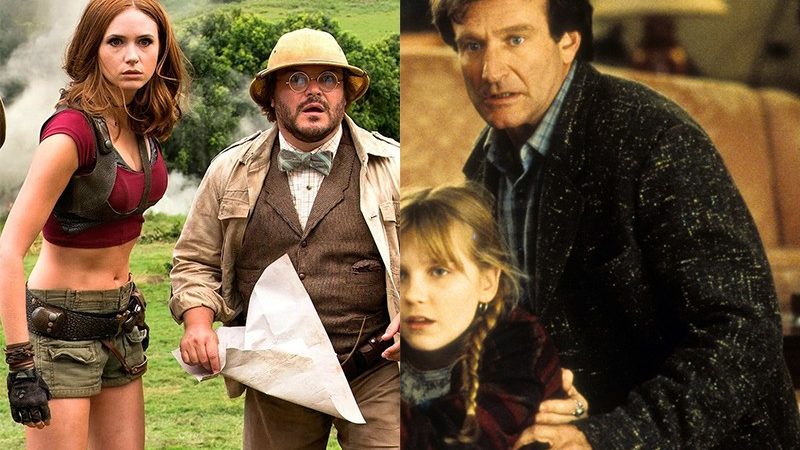Rocky Horror Picture Show
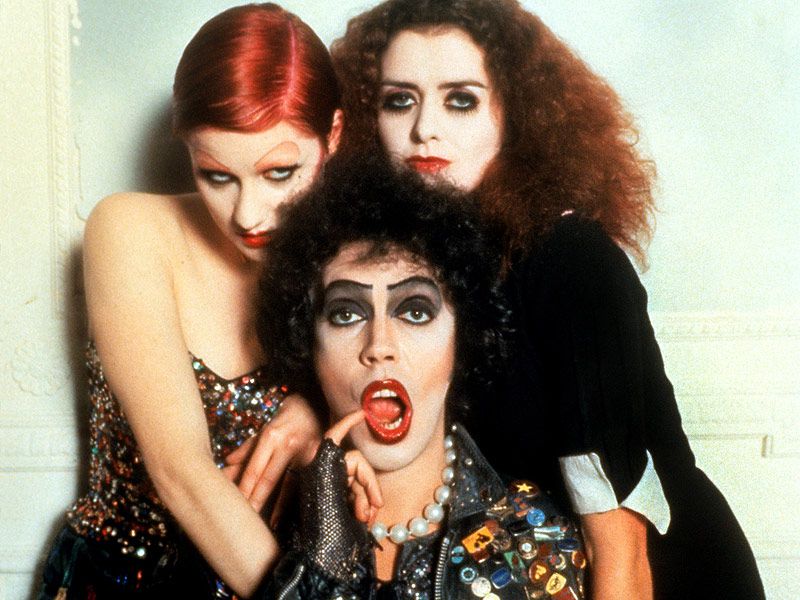
In the realm of cult cinema, there exists a phenomenon that transcends generations, defies norms, and continues to captivate audiences with its eccentricity and charm. “The Rocky Horror Picture Show” is not just a movie; it’s an experience, a cultural phenomenon that has left an indelible mark on the landscape of cinema since its release in 1975. With its blend of science fiction, horror, comedy, and music, this cult classic has achieved legendary status, drawing dedicated fans from all corners of the globe into its seductive embrace.
The Birth of a Cult Classic:
“The Rocky Horror Picture Show” originated as a stage production conceived by Richard O’Brien, who wrote the book, music, and lyrics for what was initially intended as a small-scale experimental production. Premiering in London in 1973, the stage version garnered a cult following for its audacious mix of camp, sexuality, and catchy tunes. It wasn’t long before its quirky appeal caught the attention of filmmakers, leading to the creation of the cinematic adaptation directed by Jim Sharman.
Plot Synopsis:
At its core, “The Rocky Horror Picture Show” is a delightfully bizarre tale of innocence corrupted and sexual awakening. The story follows the newly engaged couple, Brad Majors and Janet Weiss, portrayed by Barry Bostwick and Susan Sarandon, as they find themselves stranded on a stormy night and seek refuge in the eerie castle of Dr. Frank-N-Furter, a sweet transvestite from Transylvania, played by the iconic Tim Curry. What unfolds is a whirlwind of strange occurrences, outrageous characters, and infectious musical numbers, as Brad and Janet are thrust into a world of sexual liberation and self-discovery.
The Cast:
Central to the film’s enduring appeal is its unforgettable cast of characters, brought to life by a talented ensemble of actors who fully embraced the film’s campy aesthetic. Tim Curry’s portrayal of the flamboyant Dr. Frank-N-Furter remains one of the most iconic performances in cinema history, exuding equal parts charisma and menace. Susan Sarandon and Barry Bostwick shine as the naive and wholesome Brad and Janet, whose journey of self-discovery forms the emotional heart of the film. Rounding out the cast are memorable performances from Richard O’Brien as Riff Raff, Patricia Quinn as Magenta, and Meat Loaf as Eddie, each contributing to the film’s eclectic tapestry of personalities.
Cultural Impact:
What sets “The Rocky Horror Picture Show” apart from other cult classics is its interactive theatrical experience. Audience participation, in the form of callbacks, costume contests, and midnight screenings, has become an integral part of the Rocky Horror phenomenon, transforming the act of watching the film into a communal ritual. Fans don their best fishnet stockings and corsets, shout out witty retorts to the dialogue, and dance along to the infectious musical numbers, creating an atmosphere of uninhibited revelry and camaraderie.
Beyond its status as a beloved cult classic, “The Rocky Horror Picture Show” has also had a significant impact on popular culture, influencing everything from fashion and music to film and television. Its themes of sexual liberation and nonconformity struck a chord with audiences during the sexual revolution of the 1970s and continue to resonate with subsequent generations grappling with issues of identity and acceptance.
Legacy and Enduring Appeal:
Nearly five decades after its release, “The Rocky Horror Picture Show” continues to enchant and enthrall audiences around the world. Its midnight screenings have become a rite of passage for cinephiles and a testament to the enduring power of cinema to unite and inspire. The film’s message of self-acceptance and embracing one’s desires remains as relevant today as it was in 1975, serving as a beacon of empowerment for those who dare to defy convention and embrace their inner freak.
Conclusion
“The Rocky Horror Picture Show” stands as a testament to the transformative power of cinema and the enduring appeal of the unconventional. With its infectious energy, memorable characters, and timeless themes, it has secured its place in the pantheon of cult classics and continues to enchant new generations of fans with its irreverent charm. As Dr. Frank-N-Furter famously declares, “Don’t dream it, be it,” a mantra that encapsulates the film’s ethos of embracing individuality and celebrating the weird and wonderful aspects of life.
